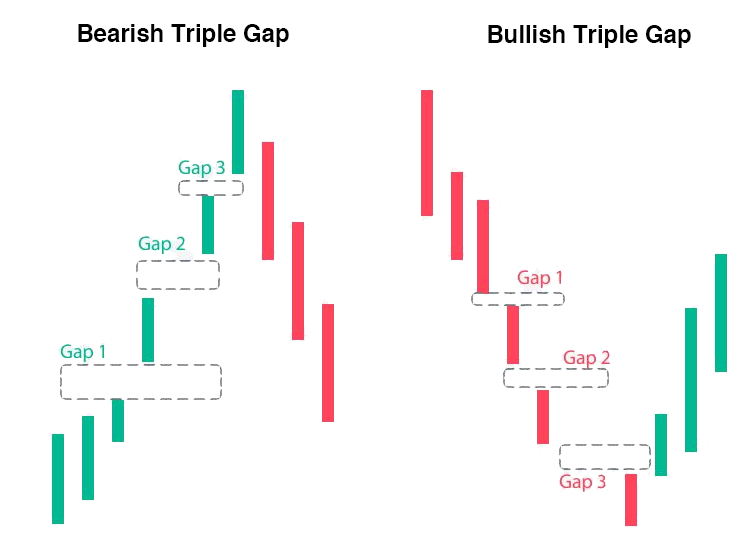What are Technical Trading Indicators and How Can They Help in Your Trading?
Join our Telegram channel for more market analysis & trading tips: t.me/synapsetrading
Table of Contents
What Is a Technical Indicator?
A technical indicator is a heuristic or pattern-based signal generated from the price, volume, and/or open interest of a security or contract.
These indicators are widely used by traders who engage in technical analysis to predict future price movements based on historical data.
Examples of popular technical indicators include the Relative Strength Index (RSI), Money Flow Index (MFI), stochastics, moving average convergence divergence (MACD), and Bollinger Bands®.
How Technical Indicators Work
Technical indicators are central to the discipline of technical analysis, which is used to evaluate investments and identify trading opportunities.
This approach focuses on analyzing statistical trends from trading activity, such as price movements and volume, to determine the strength or weakness of a security.
Unlike fundamental analysis, which seeks to determine a security’s intrinsic value based on financial or economic data, technical analysis is primarily concerned with price patterns and trading signals.
Technical indicators are typically applied to any security with historical trading data, including stocks, futures, commodities, fixed-income securities, and currencies.
They are especially prevalent in commodities and forex markets, where traders often focus on short-term price fluctuations.
Known as “technicals,” these indicators analyze historical trading data rather than the underlying fundamentals of a business, such as earnings or revenue.
Technical indicators are favored by active traders due to their ability to analyze short-term price movements, though long-term investors may also use them to pinpoint entry and exit points.
Types of Technical Indicators
Technical indicators generally fall into two main categories:
- Overlays:
- These indicators use the same scale as prices and are plotted directly over the prices on a stock chart.
- Examples include moving averages and Bollinger Bands®.
- Oscillators:
- These indicators oscillate between a local minimum and maximum and are plotted above or below the price chart.
- Examples include the stochastic oscillator, MACD, and RSI.
Using Technical Indicators
Traders often employ multiple technical indicators when analyzing a security.
With thousands of available options, it’s important for traders to choose the indicators that align with their trading strategy and to thoroughly understand how they function.
In addition to standalone indicators, traders may also combine them with more subjective forms of technical analysis, such as chart patterns, to generate trade ideas.
Given their quantitative nature, technical indicators can also be integrated into automated trading systems.
Concluding Thoughts
Technical indicators are powerful tools for analyzing historical trading data and predicting future price movements.
While they are particularly useful for short-term traders, long-term investors can also benefit from their insights when making decisions about entry and exit points.
Understanding the different types of technical indicators and how they can be applied within a broader trading strategy is essential for successful technical analysis.
 Our flagship mentoring program is suitable for both beginners and advanced traders, covering the 4 strategies which I used over the past 15 years to build up my 7-figure personal trading portfolio.
Our flagship mentoring program is suitable for both beginners and advanced traders, covering the 4 strategies which I used over the past 15 years to build up my 7-figure personal trading portfolio.
 If you're looking for a reputable brokerage that covers all products (SG stocks, US stocks, global stocks, bonds, ETFs, REITs, forex, futures, crypto) and has one of the lowest commissions, this is what I currently use.
If you're looking for a reputable brokerage that covers all products (SG stocks, US stocks, global stocks, bonds, ETFs, REITs, forex, futures, crypto) and has one of the lowest commissions, this is what I currently use.
The Synapse Network is our dedicated global support team, including event managers, research teams, trainers, contributors, as well as the graduates and alumni from all our previous training program intakes.



Leave a Reply
Want to join the discussion?Feel free to contribute!